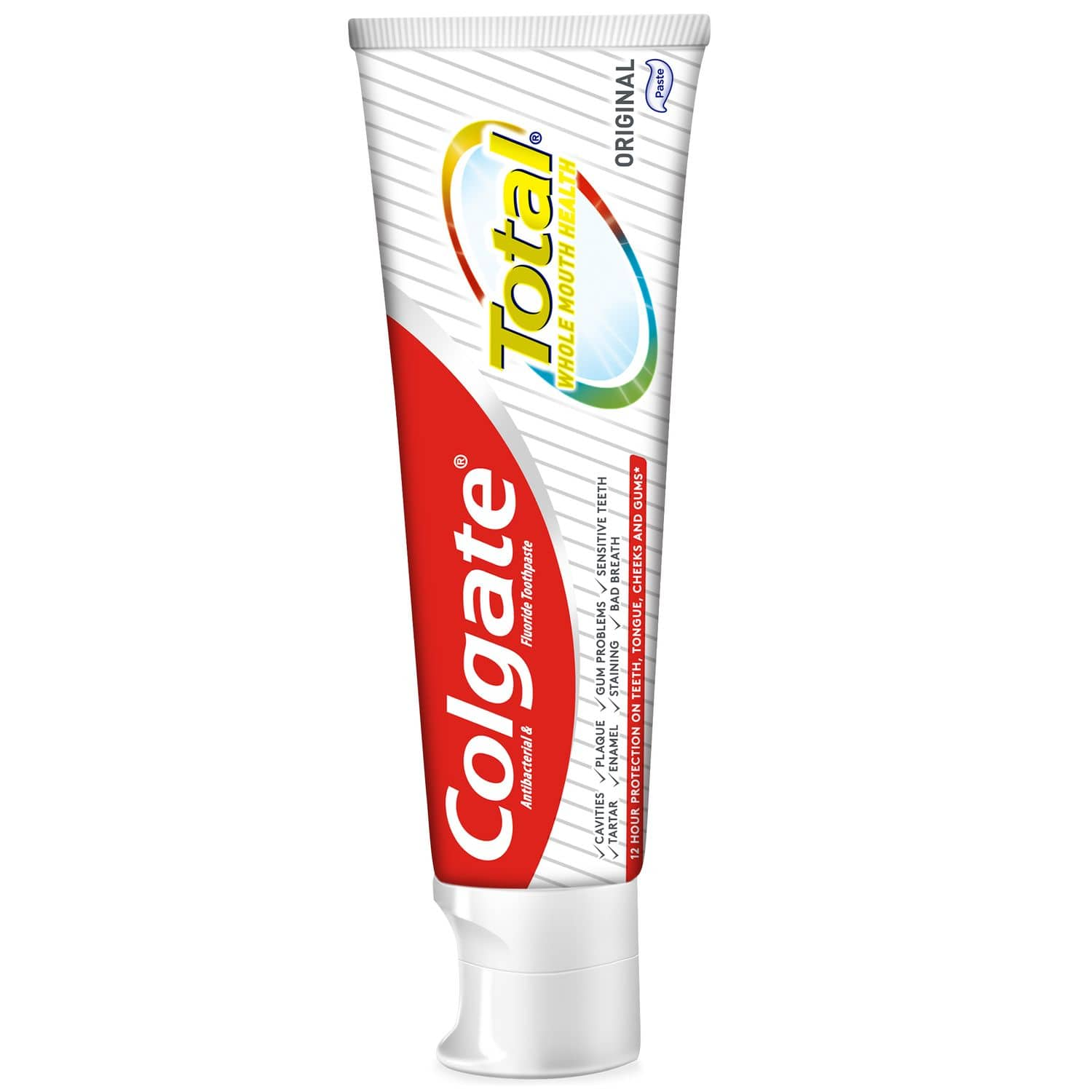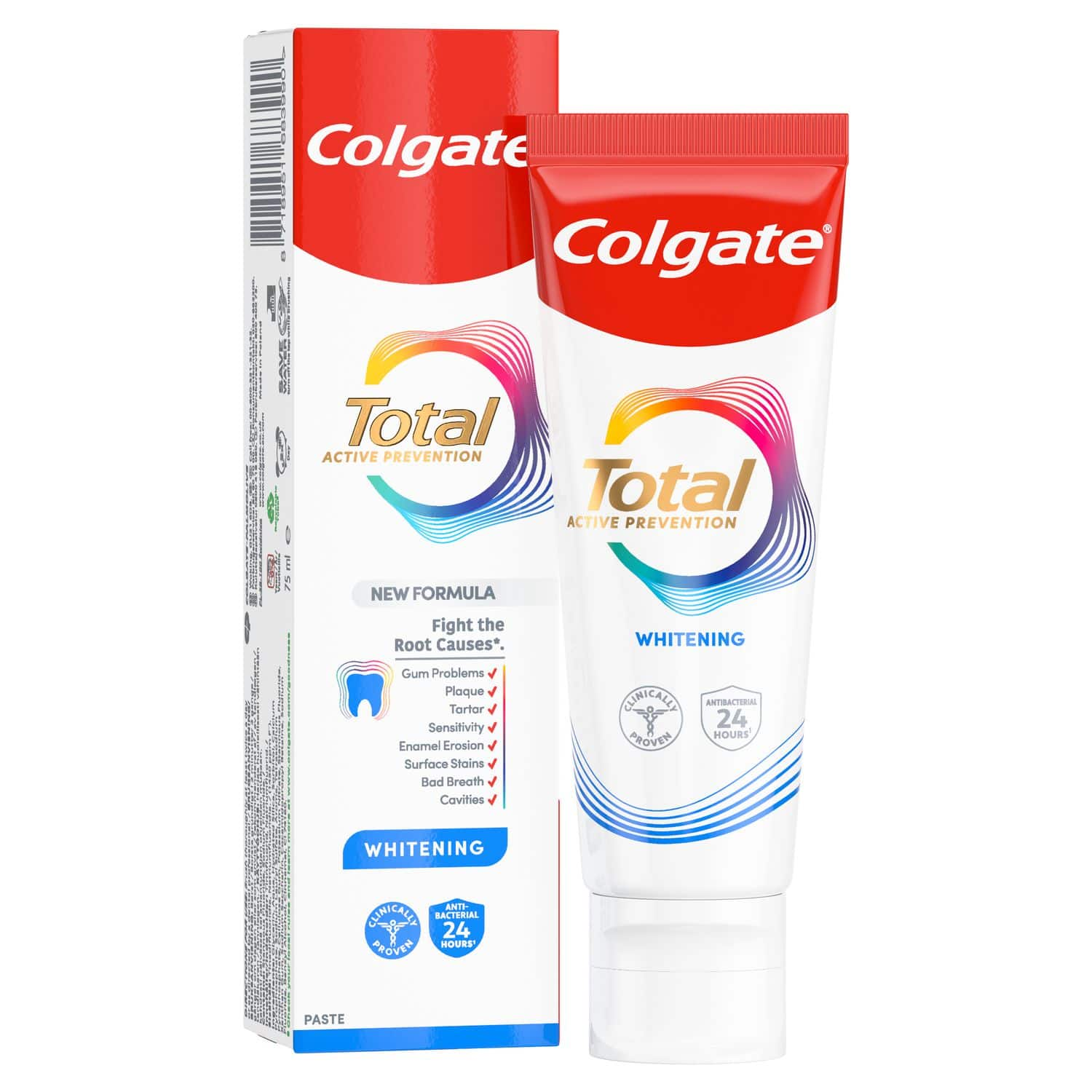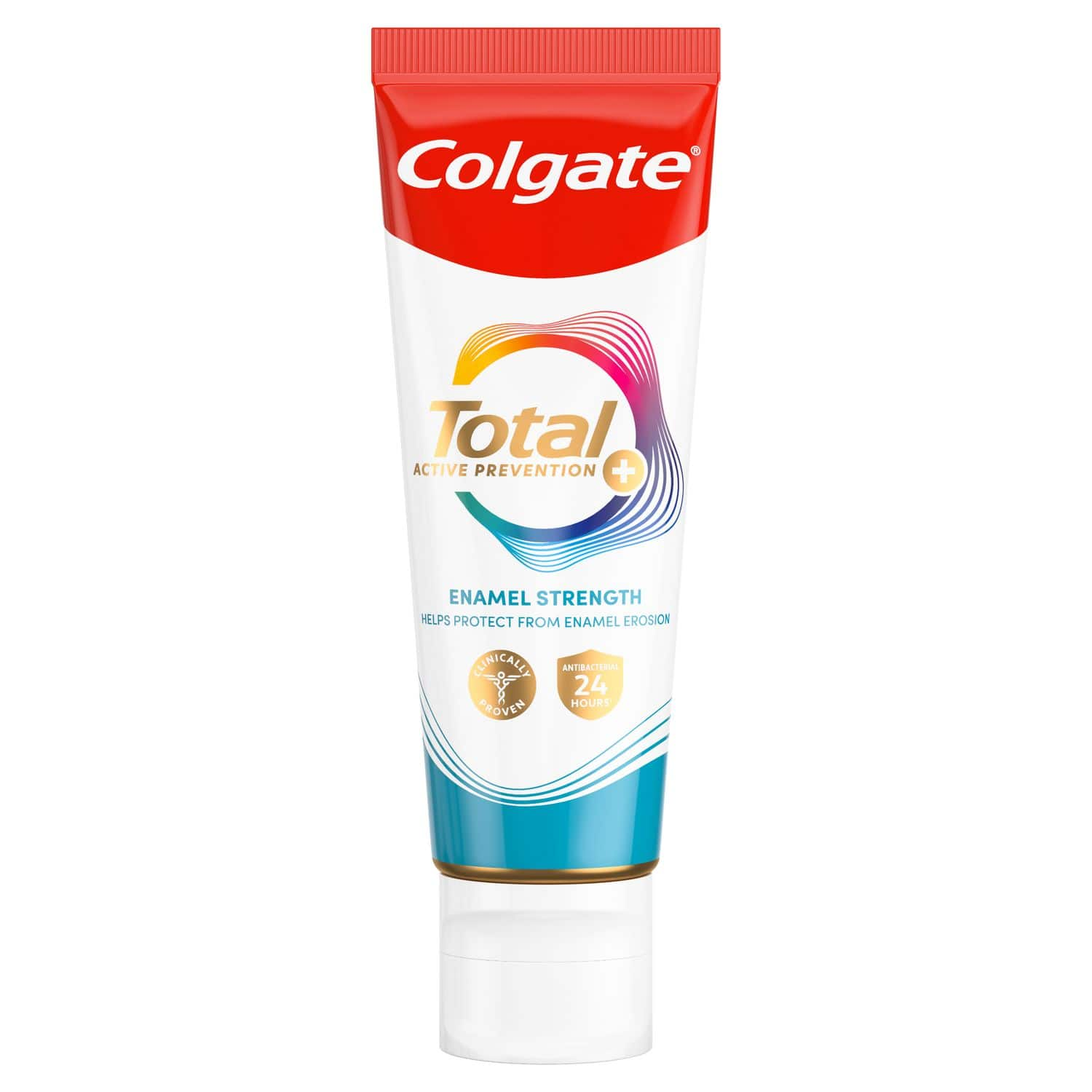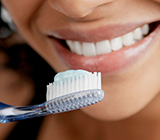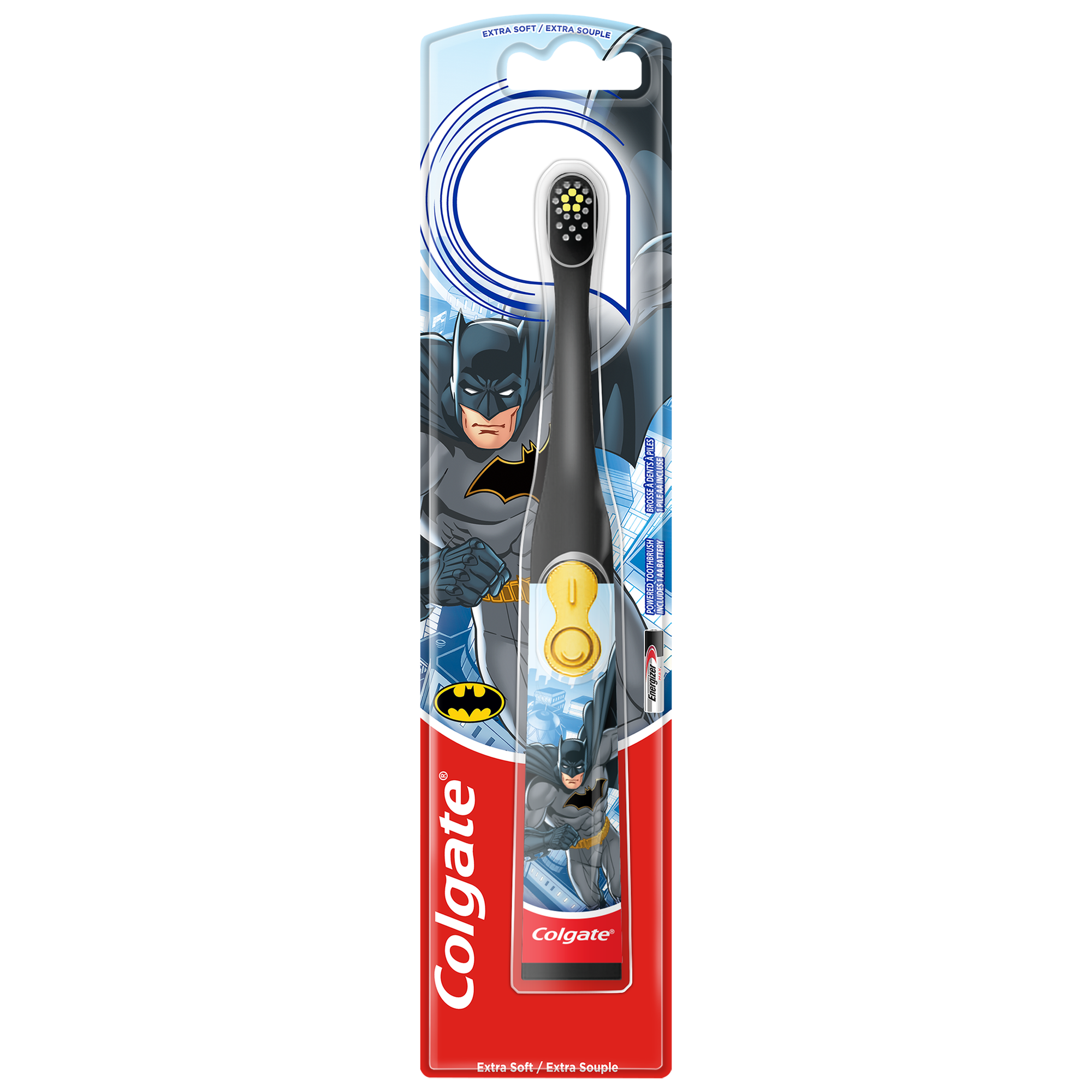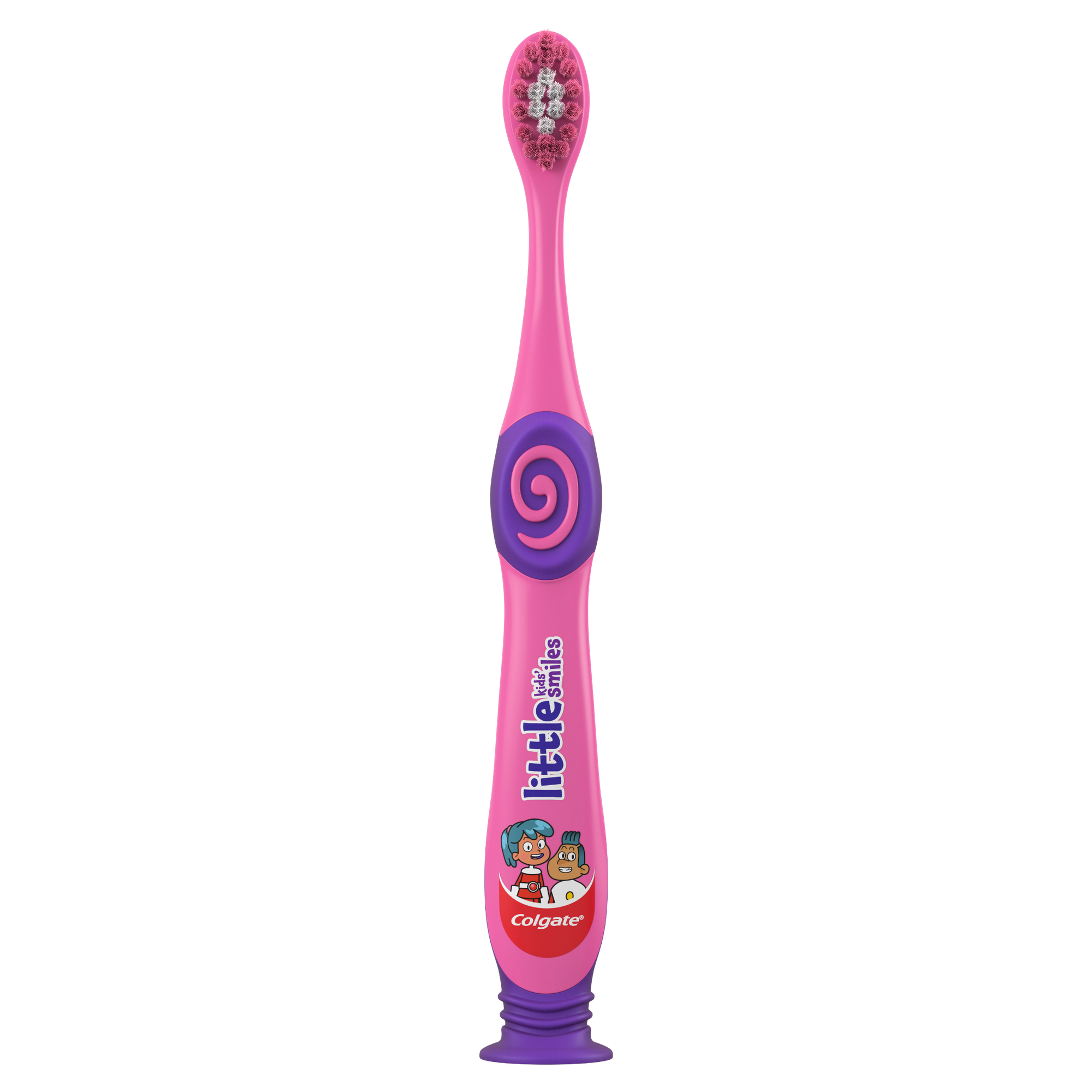How Do I Help My Children Care for Their Teeth and Prevent Cavities?
Teaching your child proper dental care at a young age is an investment in their health that will pay lifelong dividends. You can start by setting an example; taking good care of your own teeth sends a message that oral health is something to be valued. In the early years, anything that makes taking care of teeth fun, like brushing along with your child or letting them choose their own toothbrush, encourages proper oral care.
To help your children protect their teeth and gums and greatly reduce their risk of getting cavities, teach them to follow these simple steps:
- Brush twice a day with a fluoride toothpaste to remove plaque-the sticky film on teeth to reduce their risk of children’s tooth decay.
- Floss daily to remove plaque from between their teeth and under the gumline, before it can harden into tartar. Once tartar has formed, it can only be removed with professional cleaning.
- Eat a well-balanced diet that limits starchy or sugary food and drinks, which produce plaque acids that cause tooth decay in children and adults. When kids’ eat these foods, encourage them to eat them with their meal instead of as a snack – the extra saliva produced during a meal helps rinse food from the mouth.
- Make sure that your children's drinking water is fluoridated. If your water supply doesn’t contain fluoride, your dentist may prescribe daily fluoride supplements.
- Take your child to the dentist for regular checkups.
What Tooth Brushing Techniques Can I Show My Child?
You may want to supervise your child with tooth brushing until they get the hang of these simple steps:
- Use a pea-sized dab of an ADA-accepted fluoride toothpaste. Take care that your child does not swallow the toothpaste.
- Using a soft-bristled toothbrush, brush the inside surface of each tooth first, where plaque can accumulate most. Brush gently back and forth.
- Clean the outer surfaces of each tooth. Angle the brush along the outer gumline. Gently brush back and forth.
- Brush the chewing surface of each tooth. Gently brush back and forth.
- Use the tip of the brush to clean behind each front tooth, both top and bottom. It's always fun to brush the tongue!
When Should My Child Begin Flossing?
Because flossing removes the food particles and plaque between teeth that brushing misses, you should floss for your children from age 4. By the time they reach age 8, most kids can floss their own teeth.
What are Dental Sealants and How Do I Know if My Child Needs Them?
A dental sealant creates a highly-effective barrier against tooth decay in children. Sealants are thin plastic coatings applied to the chewing surfaces of a child's permanent back teeth, where most cavities form. Applying a sealant is not painful and can be performed in one dental visit. Your dentist can decide whether your child might benefit from dental sealants.
What is Fluoride and How Do I Know if My Child is Getting the Right Amount?
Using fluoride products is one of the best ways to help prevent tooth decay in children. A naturally occurring mineral, fluoride combines with the tooth's enamel to strengthen it. In many water supplies, the right amount of fluoride is added for proper tooth development. To find out whether your water contains fluoride, and how much, call your local water district. If your water supply does not contain any (or enough) fluoride, your child's pediatrician or dentist may suggest using fluoride drops or a mouthrinse in addition to a fluoride toothpaste.
How Important is Diet to My Child's Oral Health?
A balanced diet is necessary for your child to develop strong, decay-resistant teeth. In addition to a full range of vitamins and minerals, a child's diet should include plenty of calcium and proper levels of fluoride.
If fluoride is the greatest protection against tooth decay in children, then frequent snacking may be their biggest enemy. The sugars and starches found in many food and drinks like biscuits, sweets, dried fruit, soft drinks, pretzels and crisps combine with plaque on teeth to create acids. These acids attack the tooth enamel and may lead to cavities.
How To Choose Dental Products for my Child
It can take little ones a while to get used to a good dental care routine, so it’s important you make it as fun for them as possible while teaching them how to avoid children’s tooth decay. Let them choose a bright, soft-bristled toothbrush in their favourite colour or featuring a cartoon character they love. In the early years, choose a children’s fluoride toothpaste with a pleasant, fruity flavour that they’ll enjoy. As soon as they’re a bit older they can add other products like dental floss and mouthwash to their routine. For smaller children, try to keep tooth brushing exciting, and understand that it can take them a while to adjust to their new products and routine! Staying consistent will help them to build oral care habits that will last them a lifetime and will keep their smiles healthy and happy!
This article is intended to promote understanding of and knowledge about general oral health topics. It is not intended to be a substitute for professional advice, diagnosis or treatment. Always seek the advice of your dentist or other qualified healthcare provider with any questions you may have regarding a medical condition or treatment.
ORAL HEALTH QUIZ
What's behind your smile?
Take our Oral Health assessment to get the most from your oral care routine
ORAL HEALTH QUIZ
What's behind your smile?
Take our Oral Health assessment to get the most from your oral care routine
